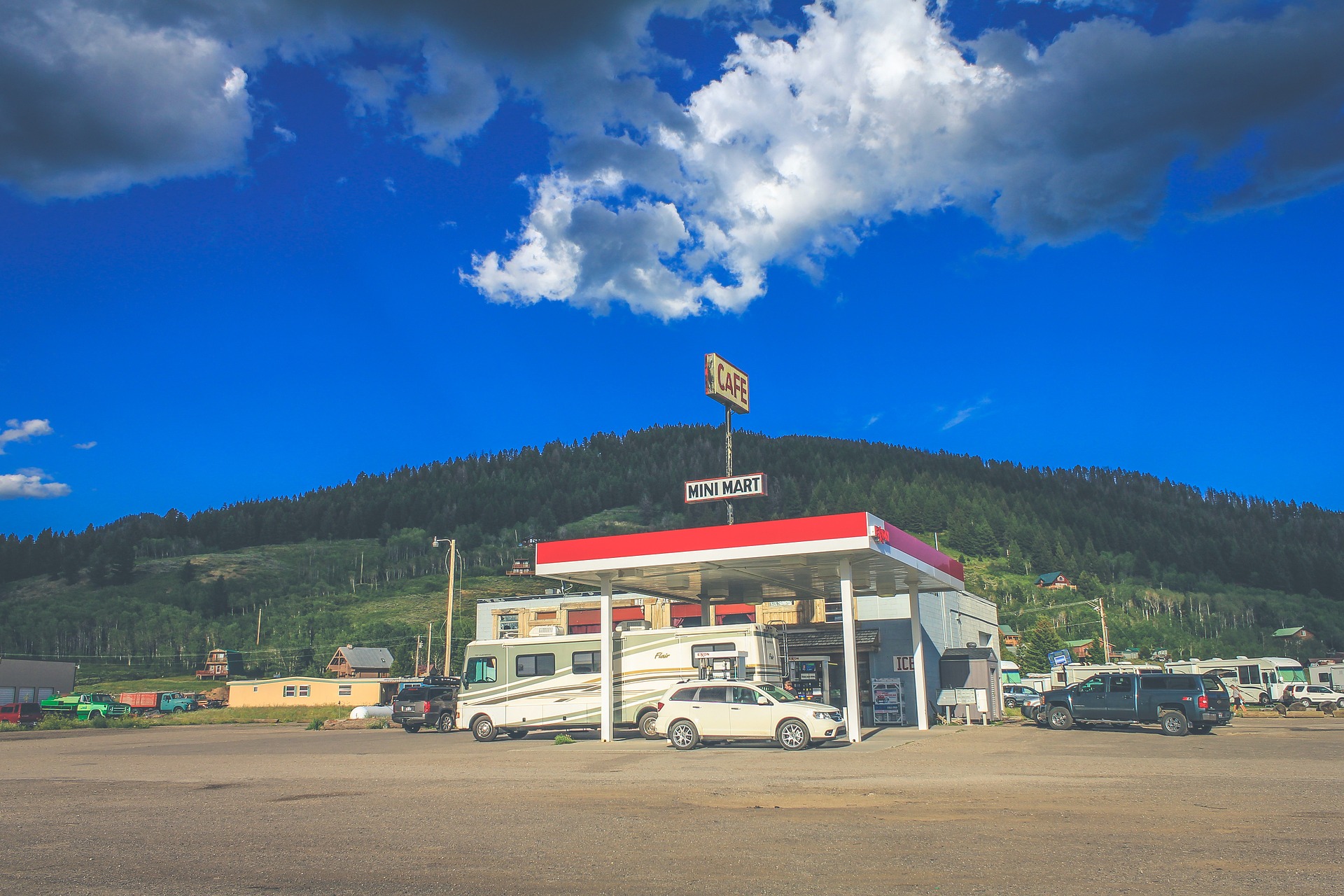For Immediate Release: September 6, 2017
Contact: Lucie Coleman, Organizer, Snowriders International, lucie@snowridersinternational.org,914.417.1454
NEWS RELEASE: CITIZENS TESTIFY, EPA’S CLEAN CAR STANDARDS AT STAKE
Today in Washington DC, concerned citizens, advocates and decision makers are gathering at a U.S. Environmental Protection Agency hearing urging them to strengthen, not weaken their clean car standards. The hearing is a result of the Trump Administration’s announcement that it was reopening the EPA’s midterm evaluation of clean car standards. This decision withdraws the final emission standards for 2022-2025 that the EPA released in 2012.
Snowriders International is an organization of skiers, snowboarders and mountain recreation enthusiasts dedicated to the promotion of winter sports and the protection of the environment across the globe. Snowriders organizer Lucie Coleman issued the following statement:
“The fact is, the vast majority of us still rely on our personal cars to get us to the slopes, the river or the hiking trail. We believe a trip to the mountains shouldn’t endanger the natural spaces we love, and the EPA’s clean car standards are an essential part of making our vision a reality. We cannot yet depend on public or shared transportation to access our outdoor recreation activities, so in the meantime it’s crucial that conscientious outdoors-people advocate for strong emission standards for vehicles.
“People want cleaner cars, and today the EPA will hear how much. With transportation now the single largest source of carbon emissions in the country, we need to strengthen clean car standards not weaken them. Curbing carbon emissions from transportation through these common-sense standards is essential if we want to continue to have access to the beautiful places and recreation activities we love while still taking meaningful and responsible action to combat climate change.
“We fear that reopening the evaluation process will lead to weaker standards. With 2016 now the hottest year on record, skiers and boarders well know that we need to get serious about cutting carbon emissions, not roll back the effective tools we already have in place. The current clean car standards would, when fully phased in, reduce America’s oil use by 12 billion barrels, and cut greenhouse gas emissions by 6 billions metric tons. The clean car standards are the single most important tool now in place on the federal level to avert the worst impacts of climate change; we cannot afford to weaken them.”
###






![Bears Ear National Monument -By US Bureau of Land Management (http://mypubliclands.tumblr.com/) [Public domain], via Wikimedia Commons](https://images.squarespace-cdn.com/content/v1/587f97cd579fb34ec470b8c4/1495823048358-C8DRKP37GI3ZKUDFW1WC/image-asset.jpeg)
![Basin and Range National Monument - By BLM Nevada (Basin and Range National Monument) [CC BY 2.0 (http://creativecommons.org/licenses/by/2.0)], via Wikimedia Commons](https://images.squarespace-cdn.com/content/v1/587f97cd579fb34ec470b8c4/1495823126777-8RDXHJK7VB25FQGQZ37K/image-asset.jpeg)
![Canyons of the Ancients National Monument - Photo by Bob Wick, BLM. (http://mypubliclands.tumblr.com/) [Public domain], via Wikimedia Commons](https://images.squarespace-cdn.com/content/v1/587f97cd579fb34ec470b8c4/1495823148250-2KS4KUTNNSLV0WW4A8AI/image-asset.jpeg)

![By Torstein Frogner (Own work) [CC BY-SA 3.0 (http://creativecommons.org/licenses/by-sa/3.0)], via Wikimedia Commons](https://images.squarespace-cdn.com/content/v1/587f97cd579fb34ec470b8c4/1495208741428-ERJD9ATRN4S8NR689W1U/image-asset.jpeg)
![By Michael (originally posted to Flickr as Emerald Bay) [CC BY 2.0 (http://creativecommons.org/licenses/by/2.0)], via Wikimedia Commons](https://images.squarespace-cdn.com/content/v1/587f97cd579fb34ec470b8c4/1495208928017-GPDDDXFGGQI08IX7V9RI/image-asset.jpeg)








